Overview
For Physiological Experiments
The BX51WI is ideal for all physiological experiments such as patch clamping and intravital microscopy. The fixed stage and vibration-free frame design ensure excellent stability throughout the experiment. Use of infrared light protects living cells and offers high penetration depths of thick tissue slices, while high NA optics allow magnification changes without moving the objective.
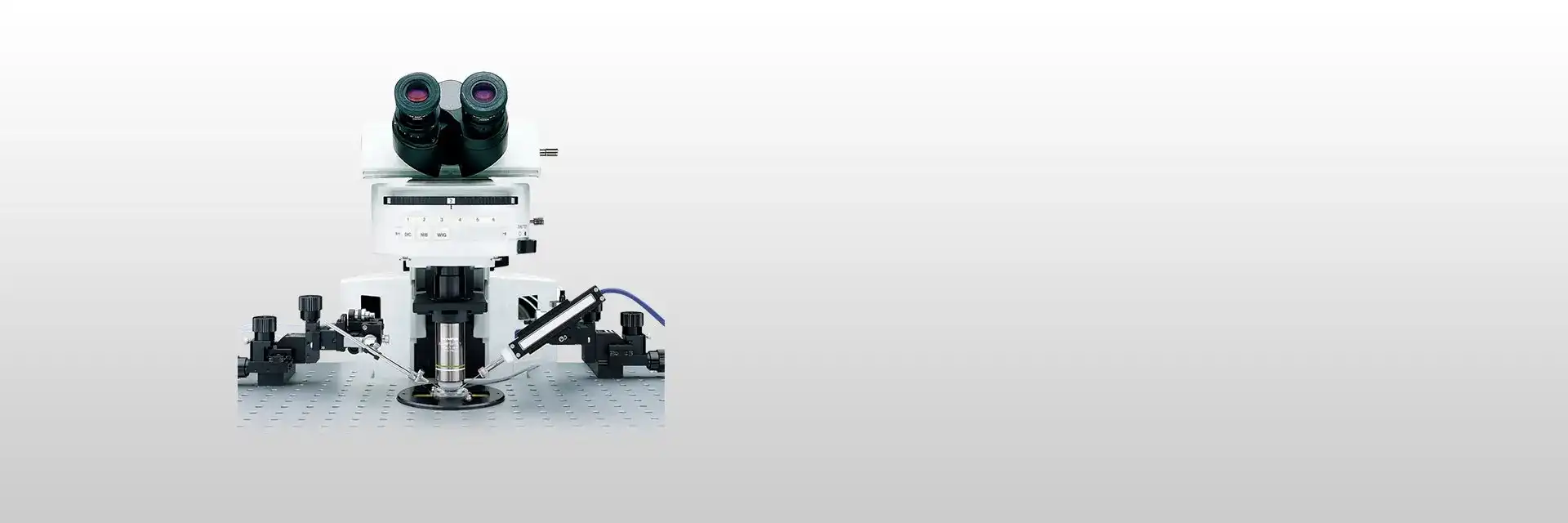
Front Operation with No Vibration and Minimal Noise
The front operation system prevents interference in patch clamping work. The design is simple and allows frequently performed operations such as focusing or filter exchange to be quickly done at the front of the unit. Ample space is provided on both sides of the microscope frame and condenser, so the necessary manipulation equipment can be positioned close to the microscope.
Designed for Easy Adjustments Around the Condenser
Frame designed for ample space around the condenser, making it easy to adjust Nomarski DIC contrast, exchange filters, adjust the condenser's aperture stop, and switch between visible light, Nomarski DIC, and IR-DIC.
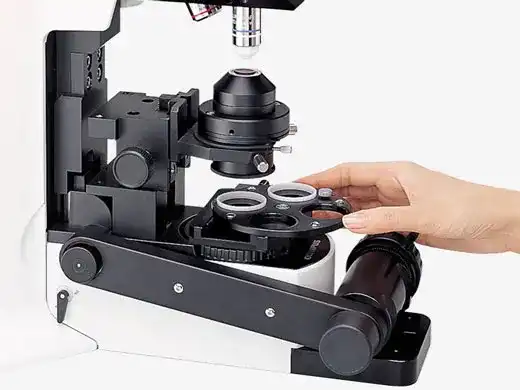
Focus Knobs Close to Hand
Fine focus control is located at the front on both sides of the microscope body.
Lockable Coarse Focus
When engaged at the desired position, the objective can be raised with the coarse focus knob and then returned precisely to its original position.
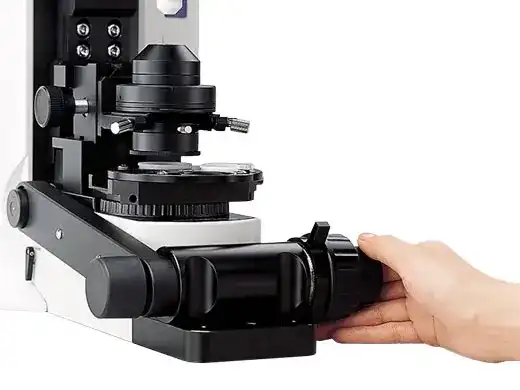
Vibration-Free Shutter
The fluorescence shutter slides horizontally with no detents or vibration.
Mirror Unit Turret with Adjustable Click Release
The click-stop on the 6-position turret can be released with a screwdriver.
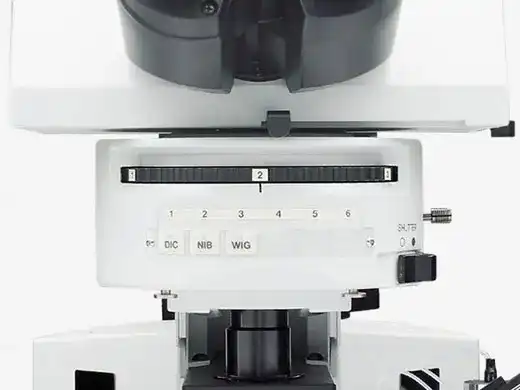
A Wide Choice of Nosepieces
The swing nosepiece WI-SRE3 has a unique slim, compact design and front-to-back swing motion to enable objective changes without interfering with electrodes and micromanipulators. Objective positioning incorporates a vibration-free counter spring mechanism. The slide nosepiece U-SLRE is designed for the attachment of one large diameter, low magnification fluorescence objective (XLFLUOR 2x/340 or 4x/340) and one objective with normal (RMS) diameter threads. Nosepiece motion is a simple horizontal slide. The single position nosepiece WI-SNPXLU2 is designed to accept the unique, large diameter XLUMPLFLN20×W objective. The RMS adapter WI-RMSAD enables the attachment of an objective with RMS thread size to the WI-SNPXLU2.

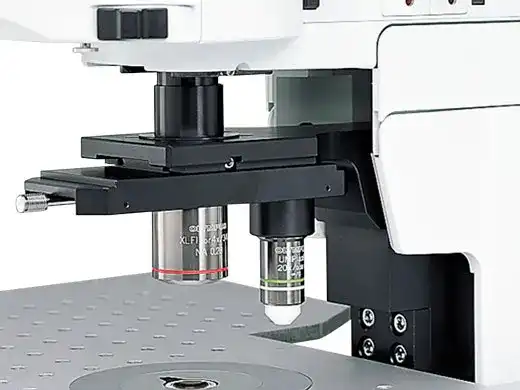
WI-SRE3 U-SLRE
Functionality and Solutions for a Range of Needs
Adjustable for Small Animal Experiments
The arm height raising kit (WI-ARMAD) provides an additional 40 mm of clearance and is mounted between the microscope frame and the reflected light illuminator. Small animal experiments usually do not require transmitted light, allowing the removal of the substage condenser assembly. After removal, the stage may be lowered an additional 50 mm, providing a total clearance increase of 90 mm.
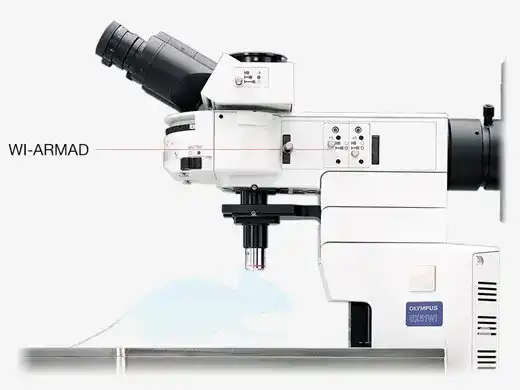
A Waterproofing Sheet to Protect Components
A waterproofing sheet, attached by the supplied magnets, provides protection against liquid overflow and spills. The sheet is large enough to protect the frame, condenser, and focusing mechanisms.
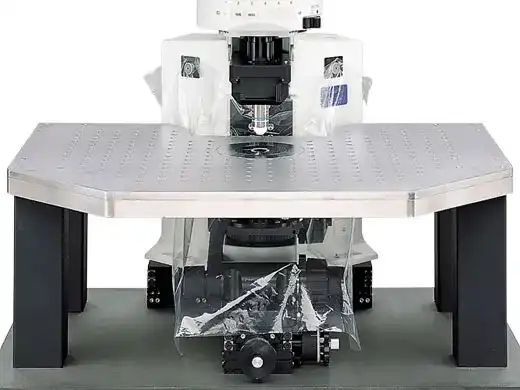
Ultimate Clarity for Live Cell Electrophysiology
IR-DIC Optimized Optics
Thanks to precisely aberration-compensated IR-DIC optics, covering visible, 775 nm, and 900 nm wavelength near-infrared light, the clarity of images observed under near-infrared light has been further improved, allowing clear observation of deep sections of brain slices.
|
Visible light DIC
|
Allows high-resolution observation of the tissue surface.
|
|
775 nm IR-DIC
|
In combination with an IR camera, observation within a tissue slice is possible. Optics are corrected for visible and IR wavelengths, allowing fast switching between wavelengths with minimal refocusing.
|
|
900 nm IR-DIC
|
Allows observation deeper into the tissue (requires a polarizer and analyzer optimized for 900 nm).
|
Senarmont Compensation for Nomarski DIC Imaging
When using a Senarmont equipped condenser, all contrast adjustments are performed with the 1/4 wave plate below the condenser, eliminating the risk of bumping the stage, specimen, manipulators, or nosepiece.
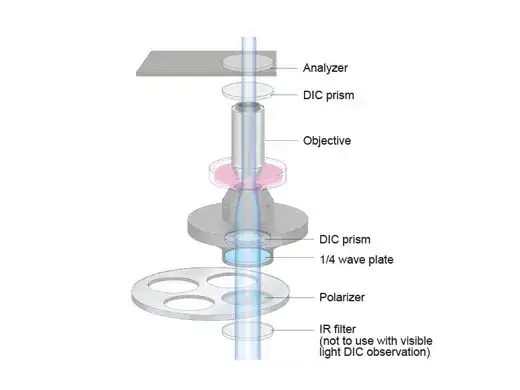
Oblique Illumination for Optimized Contrast
Evident has developed an oblique condenser (WI-OBCD) whose long working distance enables the angles of shadow to be altered through 360 degrees without moving the specimen. Requiring no additional accessories, oblique illumination is easy to set up and control. Plastic dishes (normally unsuitable for all types of DIC) are easy to image with oblique illumination. The oblique illumination slit aperture is variable in size and on a slider, allowing quick changeover.
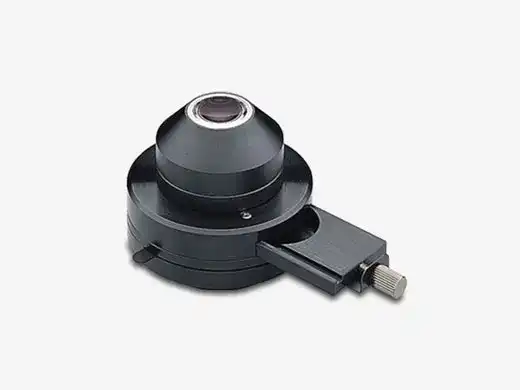
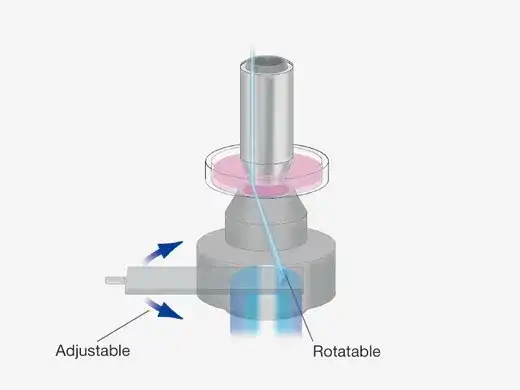
WI-OBCD
Long Working Distance Objectives
UMPLFLN-W/LUMPLN-W series water-dipping objectives provide a long working distance and 45° access angle, making these objectives well-suited for electrophysiology experiments. They have higher transmittance, from the UV to near-IR range, and are applicable for IR-DIC or fluorescence imaging.
The LUMFLN60XW is a water-dipping objective with a high NA of 1.1, which is suitable for high-resolution fluorescence imaging. Adjusting its correction collar enables imaging of samples with a cover glass.
The XLUMPLFLN20XW is a water-dipping objective with wide field of view and a high NA. Combining it with the optional intermediate magnification changer unit enables you to perform wide-field-of-view and high-resolution imaging.
XLFLUOR series objectives are high NA macro objectives with a long working distance. They enable fluorescence imaging at the tissue or organism level.




 Microsystem
Microsystem Endoscopysystem
Endoscopysystem Energysystem
Energysystem EndoscopyConsumables
EndoscopyConsumables +86-21-54286005
+86-21-54286005 
 Room 602, Building 1, No. 111 Luxiang Road (Greenland Park Plaza), Baoshan District, Shanghai, China
Room 602, Building 1, No. 111 Luxiang Road (Greenland Park Plaza), Baoshan District, Shanghai, China  English
English
 中文
中文












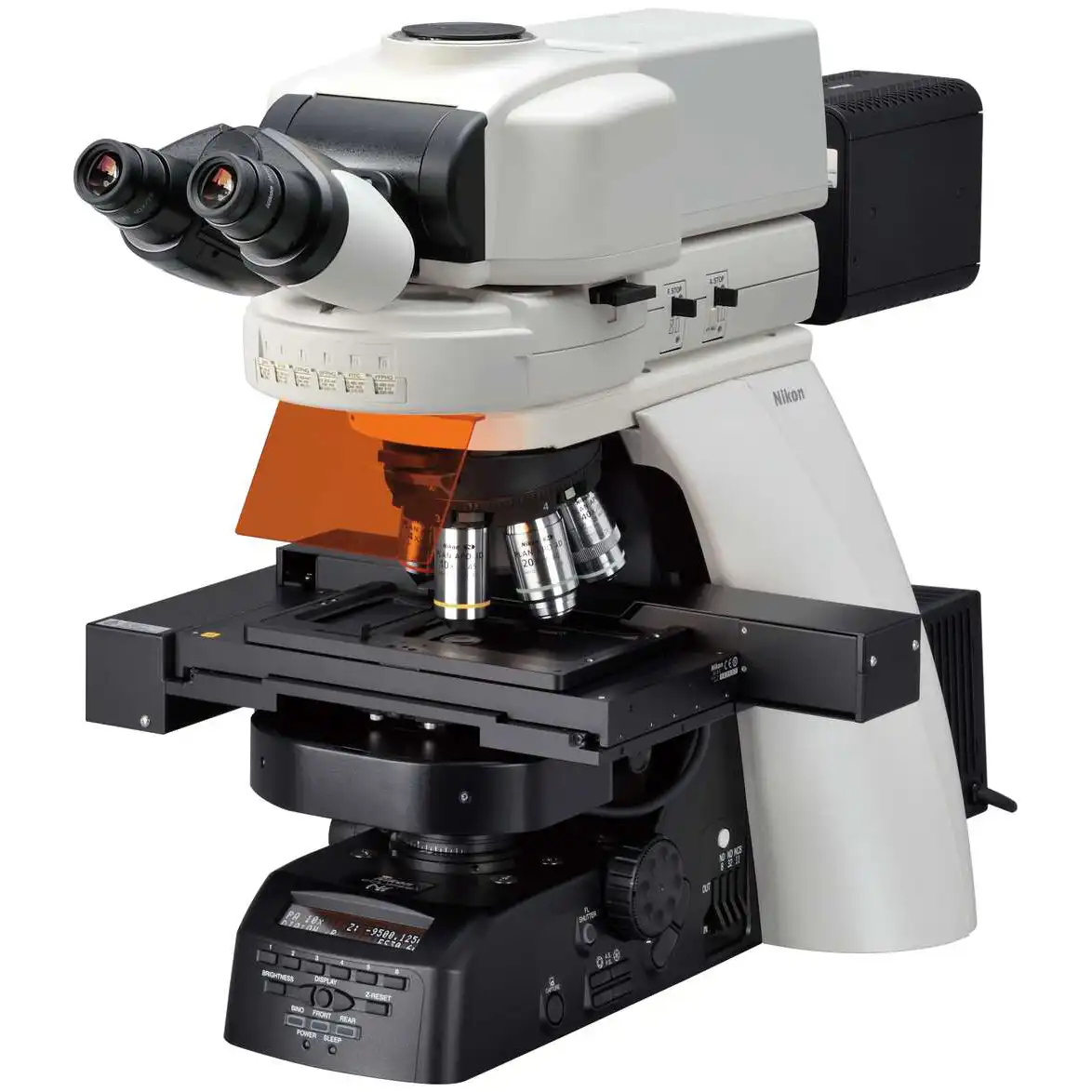
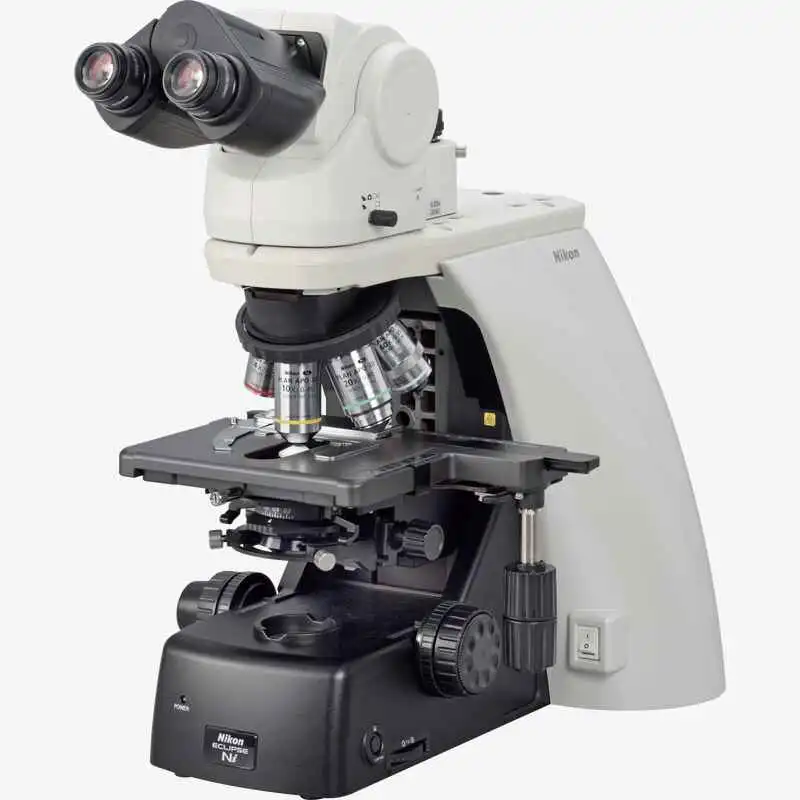
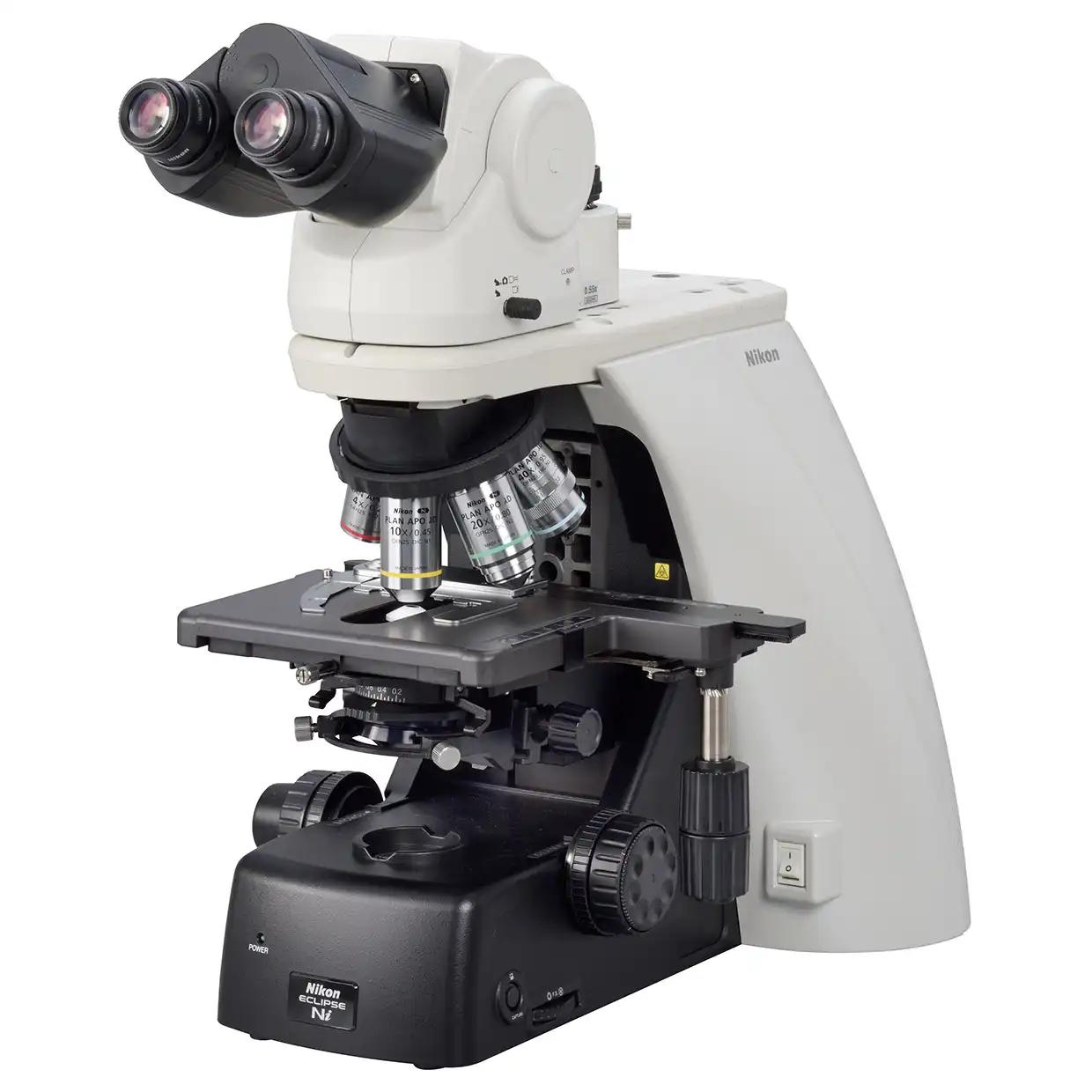
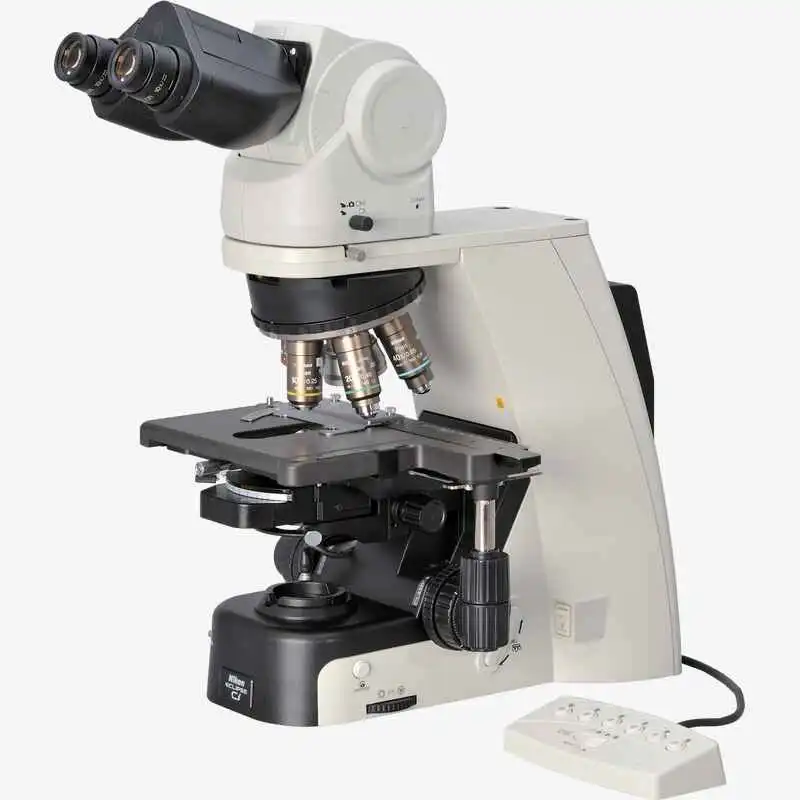










 中文
中文 English
English